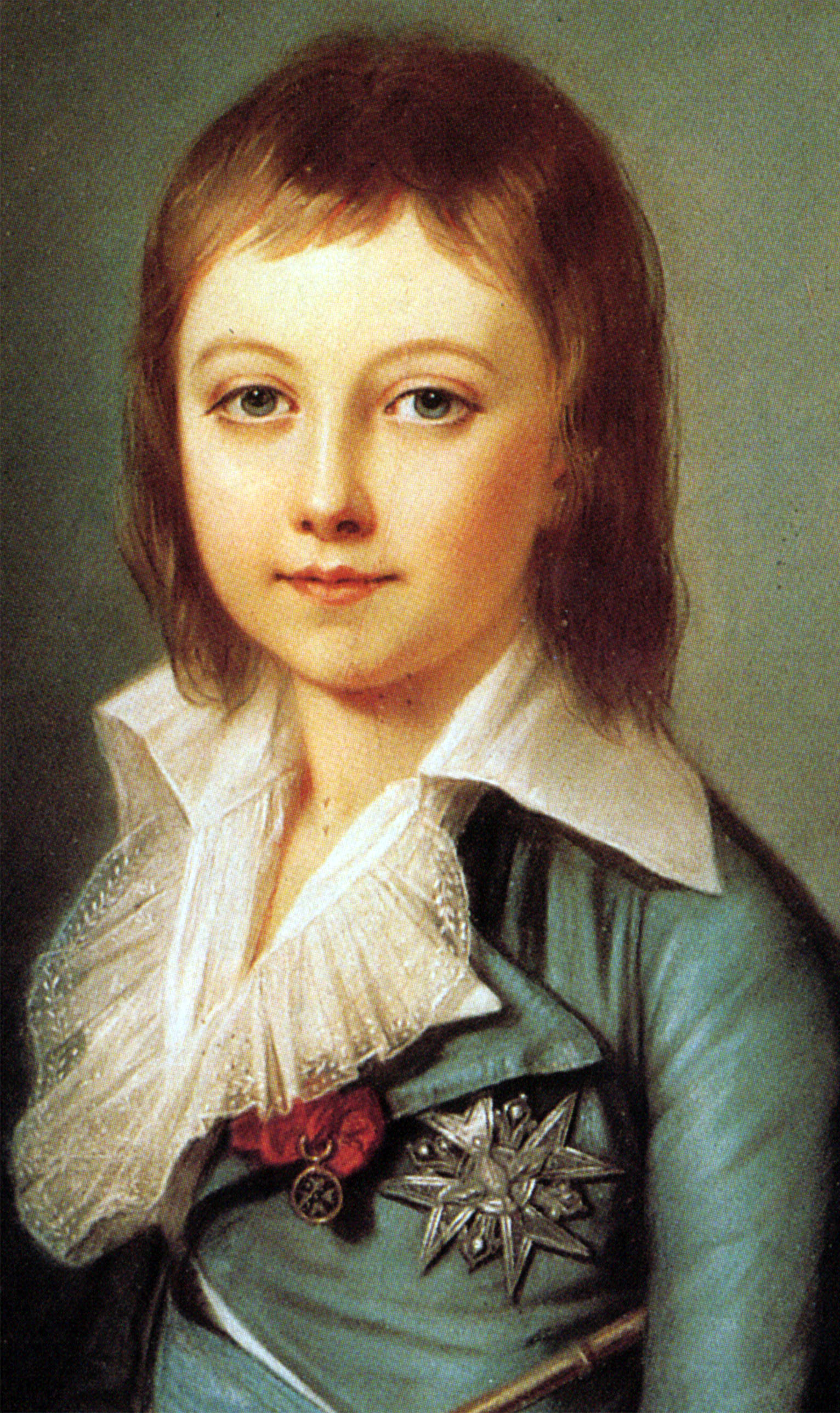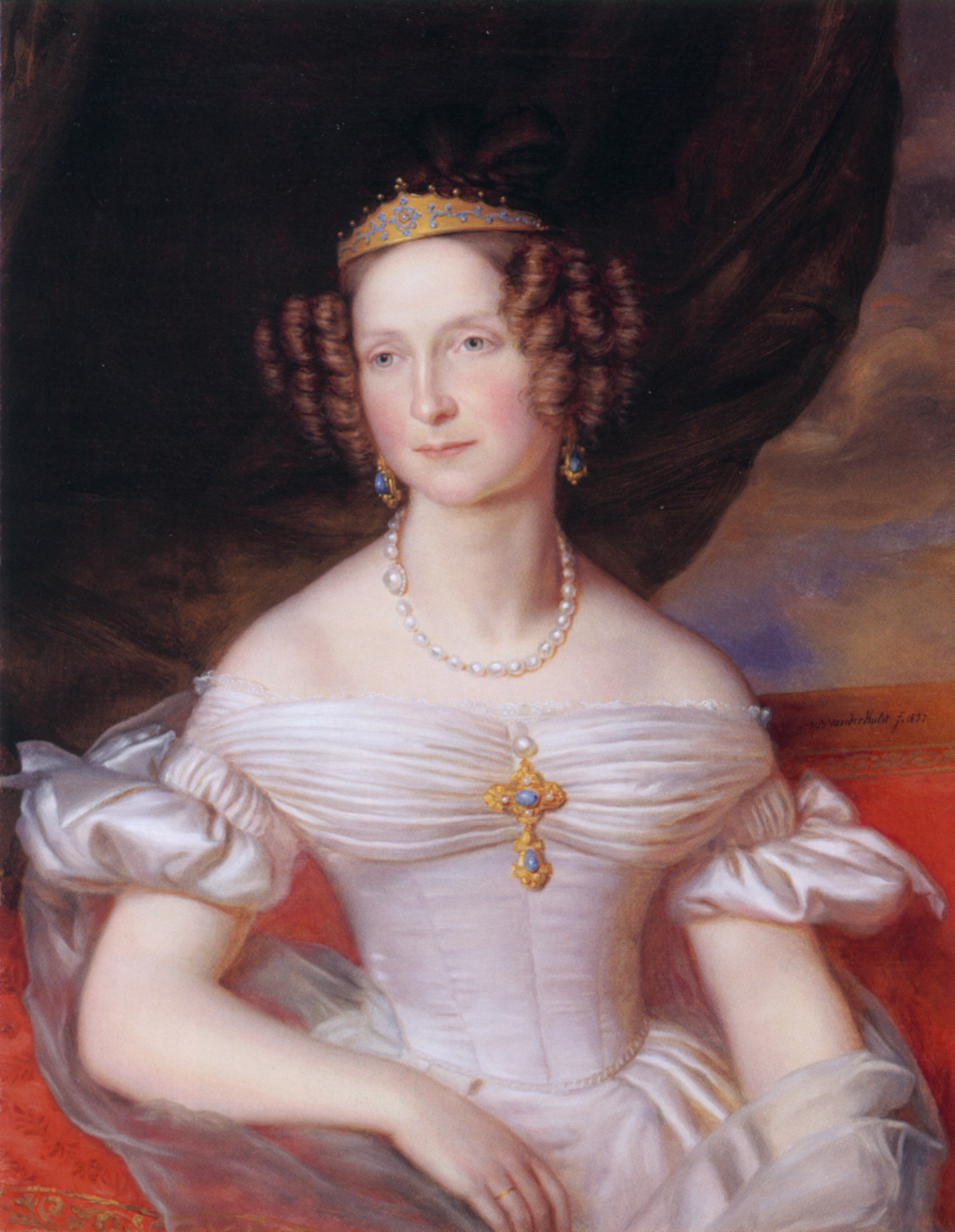|
Treaty Of The Hague (1795)
The Treaty of The Hague (also known as the Hedges Treaty) was signed on May 16, 1795, between representatives of the French First Republic and the Batavian Republic. Based on the terms of the treaty, the Batavian Republic ceded to France the territories of Maastricht, Venlo, and Zeelandic Flanders. Moreover, the accord established a defensive alliance between the two nations, which rapidly involved the Netherlands in the war against Great Britain and Austria. Furthermore, the Dutch agreed to pay an indemnity of 100 million guilders for their part in the war of the First Coalition, and to provide the French Republic a large loan against a low rate of interest. The "barrier forts" in the former Austrian Netherlands were dismantled. The port of Flushing was to be placed under a co-dominion. Finally, in a secret clause, the Dutch agreed to pay for a French army of occupation of 25,000 till the war was ended. The treaty brought the Revolutionary War between France and the Dutch Republic ... [...More Info...] [...Related Items...] OR: [Wikipedia] [Google] [Baidu] |
Barrier Treaty
The Barrier Treaties ( or ; ) were a series of agreements signed and ratified between 1709 and 1715 that created a buffer zone between the Dutch Republic and France by allowing the Dutch to occupy a number of fortresses in the Habsburg Netherlands, ruled by the Spanish or the Austrians. The treaties were cancelled by Austria in 1781. Background From 1672 to 1697, a series of wars with France demonstrated the Dutch Republic's vulnerability to invasion via the Spanish Netherlands, which led to debate on how to design fortifications effective in the flat terrain of the Netherlands and where to locate them. That resulted in the concept of forward defence or so-called Barrier Fortresses in the Spanish Netherlands to provide strategic depth. It was accepted that no fortified place could hold out indefinitely. The Republic was nearly overrun in 1672 by the speed that the French captured three dozen major fortresses and it was saved only by flooding. In the 1673 Siege of Maastricht, t ... [...More Info...] [...Related Items...] OR: [Wikipedia] [Google] [Baidu] |
Treaties Of The French First Republic
A treaty is a formal, legally binding written agreement between sovereign states and/or international organizations that is governed by international law. A treaty may also be known as an international agreement, protocol, covenant, convention, pact, or exchange of letters, among other terms; however, only documents that are legally binding on the parties are considered treaties under international law. Treaties may be bilateral (between two countries) or multilateral (involving more than two countries). Treaties are among the earliest manifestations of international relations; the first known example is a border agreement between the Sumerian city-states of Lagash and Umma around 3100 BC. International agreements were used in some form by most major civilizations and became increasingly common and more sophisticated during the early modern era. The early 19th century saw developments in diplomacy, foreign policy, and international law reflected by the widespread use of treat ... [...More Info...] [...Related Items...] OR: [Wikipedia] [Google] [Baidu] |
1795 In The Batavian Republic
Events January–June * January – Central England records its coldest ever month, in the CET records dating back to 1659. * January 14 – The University of North Carolina opens to students at Chapel Hill, becoming the first state university in the United States. * January 16 – War of the First Coalition: Flanders campaign: The French occupy Utrecht, Netherlands. * January 18 – Batavian Revolution in Amsterdam: William V, Prince of Orange, Stadtholder of the Dutch Republic (Republic of the Seven United Netherlands), flees the country. * January 19 – The Batavian Republic is proclaimed in Amsterdam, ending the Dutch Republic (Republic of the Seven United Netherlands). * January 20 – French troops enter Amsterdam. * January 23 – Flanders campaign: Capture of the Dutch fleet at Den Helder: The Dutch fleet, frozen in Zuiderzee, is captured by the French 8th Hussars. * February 7 – The Eleventh Amendment to the United States ... [...More Info...] [...Related Items...] OR: [Wikipedia] [Google] [Baidu] |
1795 In France
Events from the year 1795 in the French First Republic. Incumbents *The Committee of Public Safety (until 2 November) *The National Convention (until 2 November) *The French Directory (from 2 November) Events January to June *16 January – France occupies Utrecht, Netherlands. *17 January – Revolution breaks out in Amsterdam. *18 January – William V, Prince of Orange, flees the Dutch Republic for exile at Kew. *19 January – The Batavian Republic is proclaimed in the Netherlands. *20 January – French troops enter Amsterdam. *21 January – Dutch fleet in IJsselmeer is captured by France. *29 January – Chouans attack the Republican held town of Guémené. *17 February – Peace made with Chouans after their defeat. *13–14 March – Battle of Genoa (1795), Battle of Genoa, British-Neapolitan victory over French fleet. *5 April – The Peace of Basel is signed, between France and Prussia. *7 April – France adopts the metre as the unit of length. *23 April – Swede ... [...More Info...] [...Related Items...] OR: [Wikipedia] [Google] [Baidu] |
1795 Treaties
Events January–June * January – Central England records its coldest ever month, in the CET records dating back to 1659. * January 14 – The University of North Carolina opens to students at Chapel Hill, becoming the first state university in the United States. * January 16 – War of the First Coalition: Flanders campaign: The French occupy Utrecht, Netherlands. * January 18 – Batavian Revolution in Amsterdam: William V, Prince of Orange, Stadtholder of the Dutch Republic (Republic of the Seven United Netherlands), flees the country. * January 19 – The Batavian Republic is proclaimed in Amsterdam, ending the Dutch Republic (Republic of the Seven United Netherlands). * January 20 – French troops enter Amsterdam. * January 23 – Flanders campaign: Capture of the Dutch fleet at Den Helder: The Dutch fleet, frozen in Zuiderzee, is captured by the French 8th Hussars. * February 7 – The Eleventh Amendment to the United Stat ... [...More Info...] [...Related Items...] OR: [Wikipedia] [Google] [Baidu] |
List Of Treaties
This list of treaties contains known agreements, pacts, peaces, and major contracts between states, armies, governments, and tribal groups. Before 1200 CE 1200–1299 1300–1399 1400–1499 1500–1599 1600–1699 1700–1799 1800–1899 1900–1999 2000–present Pending * Central American Free Trade Agreement * Free Trade Area of the Americas * Substantive Patent Law Treaty (SPLT) * WIPO Protection of Broadcasting Organizations * Anti-Counterfeiting Trade Agreement The Anti-Counterfeiting Trade Agreement (ACTA) is a plurilateral agreement, multilateral treaty for the purpose of establishing international standards for intellectual property rights enforcement that did not enter into force. The agreement ai ... Notes References External links Treaty of Peace with Japan Signed at San Francisco on 8 September 1951Treaty of Peace Between Japan and India (1952) Treaty of Peace Between Japan and the Union of Burma (1954) Agreement Between Japan a ... [...More Info...] [...Related Items...] OR: [Wikipedia] [Google] [Baidu] |
Flushing, Netherlands
Vlissingen (; ) is a Municipalities of the Netherlands, municipality and a city in the southwestern Netherlands on the island of Walcheren. With its strategic location between the Scheldt river and the North Sea, Vlissingen has been an important harbour for centuries. It was granted City rights in the Netherlands, city rights in 1315. In the 17th century the roadstead of Vlissingen was a main harbour for ships of the Dutch East India Company (VOC). It is also known as the birthplace of Lieutenant-Admiral Michiel de Ruyter. Vlissingen is mainly noted for the yards on the Scheldt where most of the ships of the Royal Netherlands Navy (''Koninklijke Marine'') are built. Geography The municipality of Vlissingen consists of the following places: * City: Vlissingen * Villages: Oost-Souburg, Ritthem, and West-Souburg * Hamlet: Groot-Abeele History The fishermen's hamlet that came into existence at the estuary of the Schelde around AD 620 has grown over its 1,400-year history into ... [...More Info...] [...Related Items...] OR: [Wikipedia] [Google] [Baidu] |
Austrian Netherlands
The Austrian Netherlands was the territory of the Burgundian Circle of the Holy Roman Empire between 1714 and 1797. The period began with the acquisition by the Austrian Habsburg monarchy of the former Spanish Netherlands under the Treaty of Rastatt in 1714. It lasted until Revolutionary France annexation, annexed the territory after the Battle of Sprimont in 1794 and the Peace of Basel in 1795. Austria relinquished its claim on the province in 1797 through the Treaty of Campo Formio. The Netherlands, previously the Burgundian Netherlands, inherited by the Spanish branch of the Habsburgs, having revolted against the absolutism and centralism of Philip II of Spain, their common sovereign, launched a war which led in fact, in 1568, to the formation in the north of the Republic of the United Provinces, a new state whose independence would finally be recognized by the King of Spain in 1648 during the Treaty of Münster (October 1648), Treaty of Münster, and in the south of a group o ... [...More Info...] [...Related Items...] OR: [Wikipedia] [Google] [Baidu] |
Dutch Republic
The United Provinces of the Netherlands, commonly referred to in historiography as the Dutch Republic, was a confederation that existed from 1579 until the Batavian Revolution in 1795. It was a predecessor state of the present-day Netherlands and the first independent Dutch people, Dutch nation state. The republic was established after seven Dutch provinces in the Spanish Netherlands Dutch Revolt, revolted against Spanish Empire, Spanish rule, forming a mutual alliance against Spain in 1579 (the Union of Utrecht) and declaring their independence in 1581 (the Act of Abjuration). The seven provinces it comprised were Lordship of Groningen, Groningen (present-day Groningen (province), Groningen), Lordship of Frisia, Frisia (present-day Friesland), Lordship of Overijssel, Overijssel (present-day Overijssel), Duchy of Guelders, Guelders (present-day Gelderland), lordship of Utrecht, Utrecht (present-day Utrecht (province), Utrecht), county of Holland, Holland (present-day North Holla ... [...More Info...] [...Related Items...] OR: [Wikipedia] [Google] [Baidu] |
French First Republic
In the history of France, the First Republic (), sometimes referred to in historiography as Revolutionary France, and officially the French Republic (), was founded on 21 September 1792 during the French Revolution. The First Republic lasted until the declaration of the First French Empire, First Empire on 18 May 1804 under Napoleon, Napoléon Bonaparte, although the form of government changed several times. On 21 September 1792, the deputies of the Convention, gathered for the first time, unanimously decide the Proclamation of the abolition of the monarchy, abolition of the constitutional monarchy in France. Although the Republic was never officially proclaimed on 22 September 1792, the decision was made to date the acts from the year I of the Republic. On 25 September 1792, the Republic was declared "one and indivisible". From 1792 to 1802, France was at war with the rest of Europe. It also experienced internal conflicts, including the War in the Vendée, wars in Vendée. Th ... [...More Info...] [...Related Items...] OR: [Wikipedia] [Google] [Baidu] |
First Coalition
The War of the First Coalition () was a set of wars that several European powers fought between 1792 and 1797, initially against the constitutional Kingdom of France and then the French Republic that succeeded it. They were only loosely allied and fought without much apparent coordination or agreement; each power had its eye on a different part of France it wanted to appropriate after a French defeat, which never occurred. Shusterman, Noah (2015). ''De Franse Revolutie (The French Revolution)''. Veen Media, Amsterdam. (Translation of: ''The French Revolution. Faith, Desire, and Politics''. Routledge, London/New York, 2014.) Chapter 7, pp. 271–312: The federalist revolts, the Vendée and the beginning of the Terror (summer–fall 1793). Relations between the French revolutionaries and neighbouring monarchies had deteriorated following the Declaration of Pillnitz in August 1791. Eight months later, following a vote of the revolutionary-led Legislative Assembly, France declar ... [...More Info...] [...Related Items...] OR: [Wikipedia] [Google] [Baidu] |





